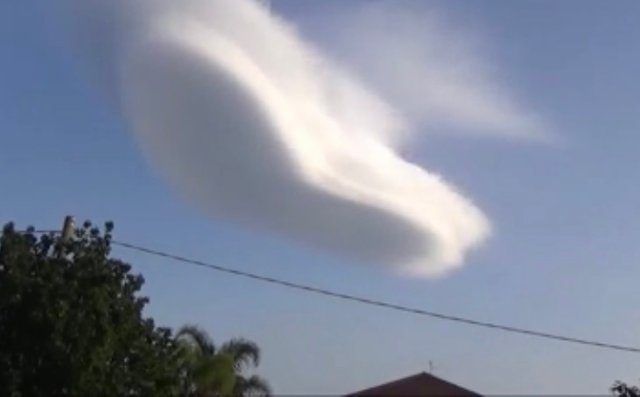Our Oxygen Footprint

We often hear about our carbon footprint, the cars we drive, the industries we support, or even the air we breathe. But what about our oxygen footprint? The oxygen we produce as individuals, through our activities, with the plants on the land we own or control?
At Hermetic Genetics our environment committee frequently monitors influential decisions made by organizations concerned with air quality, such as the EPA, NASA, military research in the United States, actions facilitated by large portions of NGS funding, as well as international organizations such as the United Nations Environmental Protection program and the OPC.
Oxygen levels are inherently important to each of these organizations, and actions taken can have great ecological and economic consequences.
When we compare our carbon footprint data to a single active volcano, and begin to compile data from the two thousand or so found around the earth, and factor in undersea faults, and tens of thousands of gas producing thermal pools,.....
We begin to realize that our own carbon footprints are only a small fraction of the much larger issue.
Rising CO2 levels are going to be a problem in our future, and controlling our own CO2 production can only go so far in balancing the precious equation of a life sustaining atmosphere.
So what is our oxygen footprint?
Simplified, it is our carbon footprint minus the oxygen we produce. Or our net oxygen production, as an individual.
When considering just the air we breathe, using an average mature tree of 30-40 ft high, with an average growth rate of 5%, each person requires about 10-12 trees to offset our own breathing throughout the year.
For some of us that may not be an issue, but most people live in crowded cities where growing a dozen adult trees per person just simply isn’t an option. In most major cities, the people consume much more oxygen than is produced on the land. Almost every major city has designated areas for plants and wildlife. Parks and other “green belts” are important, but do very little to offset the cities drain on global oxygen supplies. There simply aren’t enough trees in these areas to support the populations. (which continue to grow)
Another problem is the time it takes to grow large trees. There are a few exceptions, as some “old world” trees can grow to enormous size in a very short time, but most trees take a long time to grow.
There are other types of plants we can grow, if we have the space to do so, which can quickly establish oxygen producing colonies and help increase your oxygen footprint. Hollow stalked, leafy trees and shrubbery grow very quickly and have high net oxygen production. Bamboo, milkweed and reeds are some examples.
Net oxygen production is very important when considering plants that produce oxygen. While your lawn care salesman will try to tell you the grass in your yard produces enough oxygen for a few families, it uses almost as much oxygen when the plant dies and decays, so grass produces very little net oxygen.
Other things we can do as humans, are to create oxygen producing systems, which fixate carbon and release oxygen into the air. There are mechanical and chemical processes which can effectively facilitate this process, however many of these are costly and economically impractical.
There is one option, which has a relatively low cost, low maintenance solution to oxygen production. Modeled after the largest oxygen producer we have found in nature, and the source of roughly 80% of Earth’s oxygen. Phytoplankton.
What are phytoplankton and can we own them as pets?
Well, for you oxygen lovers out there, the Hermetic Genetics team delivers a big Yes you can! Plankton is a term given to all sorts of tiny plants and creatures that swim around in water, pretty generic right? Well, phytoplankton are the plankton than can photosynthesize. This includes microscopic aquatic plants and photosynthetic organisms. Among these is a bacteria of particular interest, found in lakes and ponds.
The freshwater phytoplankton known as Prochlorothrix Hollandica can be grown in flat trays of pure culture medium, in a greenhouse process similar to growing sod. Making this a simple, viable technology for the production of Oxygen. The hydrocarbon byproduct can be used to produce biofuels.
These “artificial forests” can be placed anywhere in the world, and help to increase our oxygen footprint.
Congratulations @hermeticgenetics! You have completed the following achievement on the Steem blockchain and have been rewarded with new badge(s) :
You can view your badges on your Steem Board and compare to others on the Steem Ranking
If you no longer want to receive notifications, reply to this comment with the word
STOPTo support your work, I also upvoted your post!
Vote for @Steemitboard as a witness to get one more award and increased upvotes!
According to the Bible, Bro. Eli Soriano: What really happened to Joseph Smith?
Watch the Video below to know the Answer...
(Sorry for sending this comment. We are not looking for our self profit, our intentions is to preach the words of God in any means possible.)
Comment what you understand of our Youtube Video to receive our full votes. We have 30,000 #SteemPower. It's our little way to Thank you, our beloved friend.
Check our Discord Chat
Join our Official Community: https://steemit.com/created/hive-182074